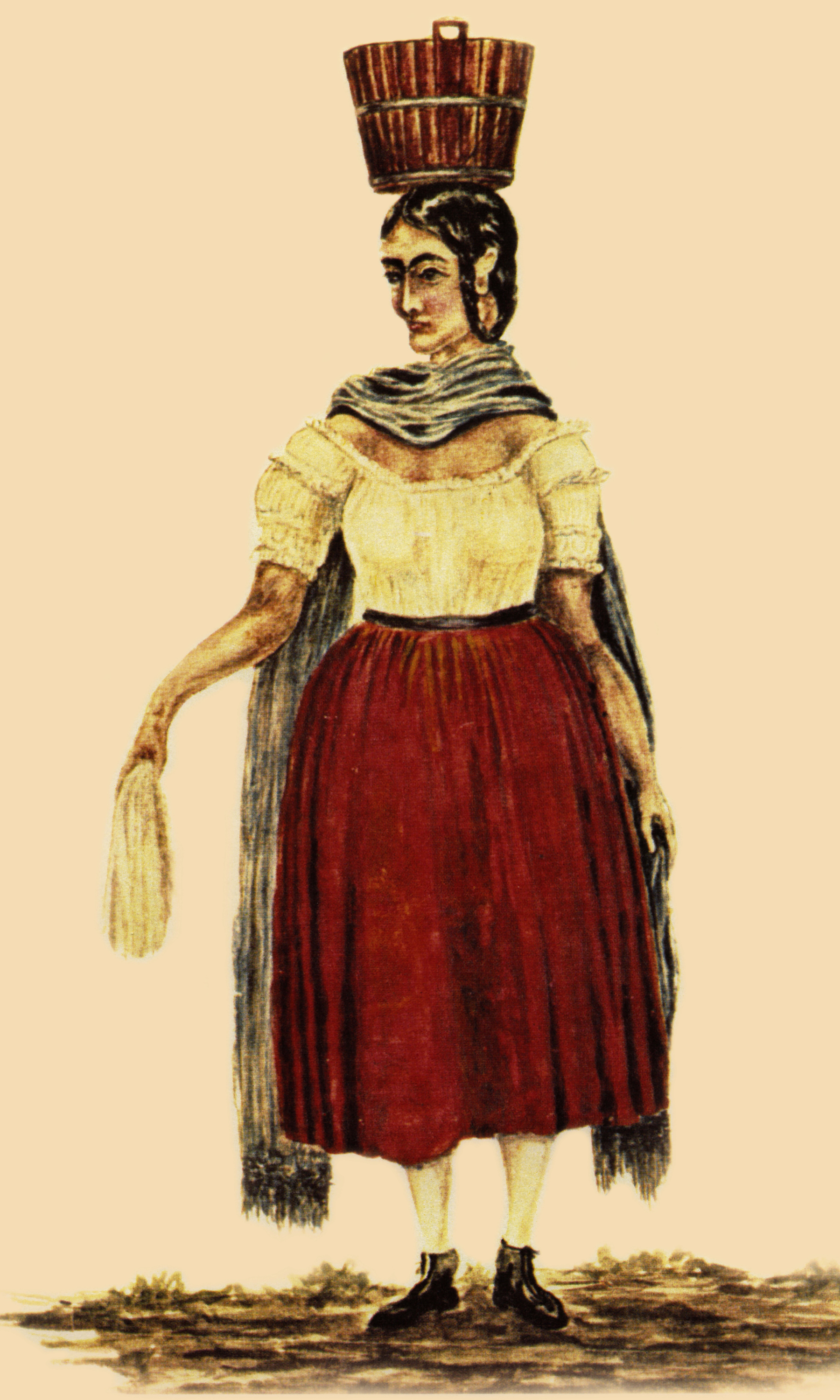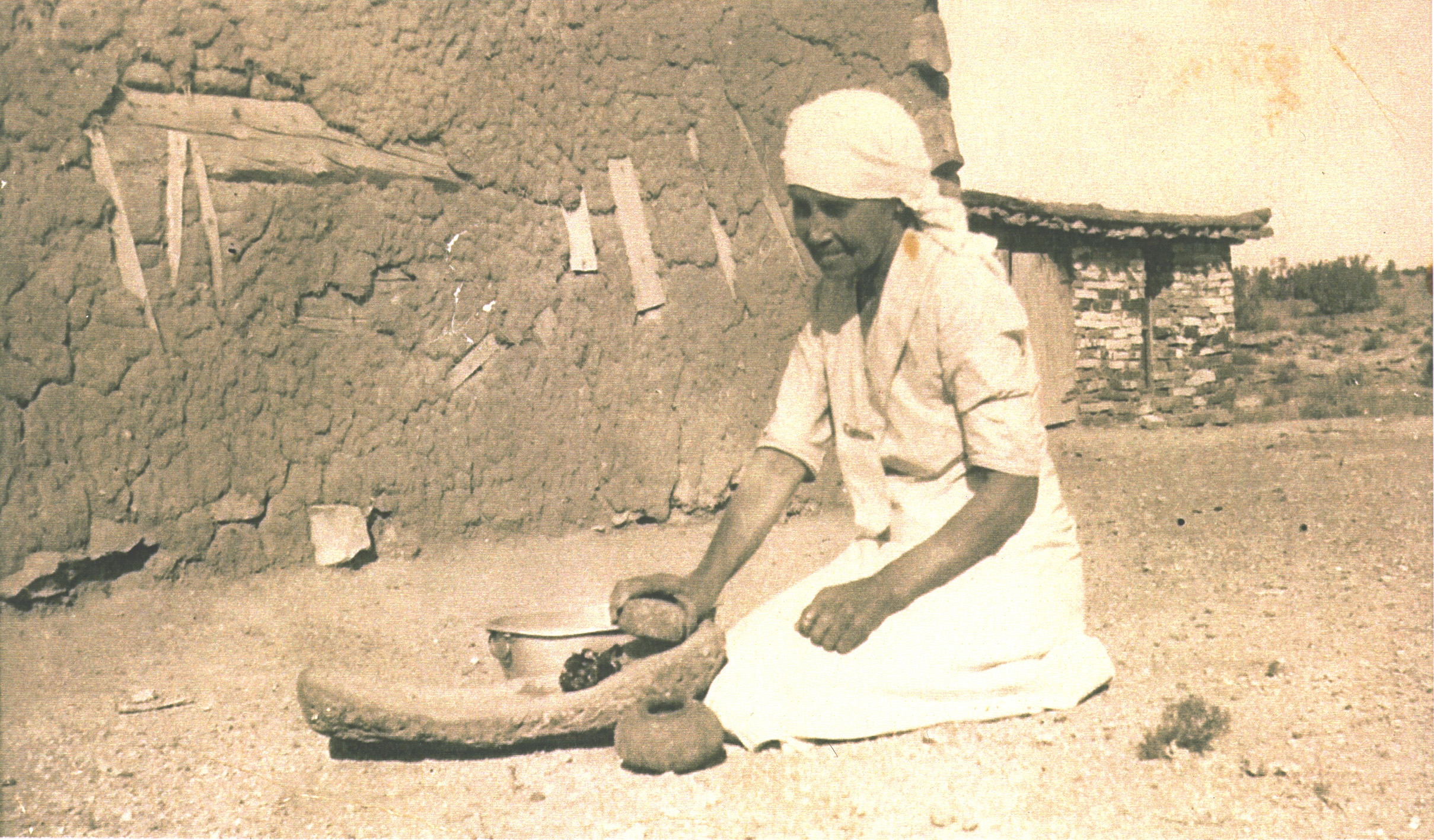
Story
Women of the Borderlands
The year 1848 marked two notable moments in US women’s history. The suffrage movement was formally born at Seneca Falls, New York, where activists proclaimed women’s equality in a manifesto titled “The Declaration of Sentiments.” Earlier in the year in Mexico, another document, the Treaty of Guadalupe Hidalgo, was signed and ceded 55 percent of Mexican land (including southern Colorado) to the United States. As the border moved south, Mexican women who lived on this land lost rights as their homes became part of the United States.
This is an interesting juxtaposition. As American women asserted their rights in the eastern United States, Mexican women in the newly annexed American territory faced “a loss of autonomy as individuals capable of contracting and holding property [and] became wards of their husbands, on whom they were legally dependent,” writes María E. Montoya, in Translating Property.
As English colonists crossed the Atlantic, they brought with them the law of coverture. Coverture demanded that women surrender to their husbands their legal claims and their rights. This meant that women themselves, their property, and their material belongings were considered the property of their husbands. Meanwhile in the lands out west, Spanish colonization imposed different cultural and legal traditions. Women in these lands did not necessarily have social or cultural equity, but under Spanish and Mexican civil law, they were allowed to own property.

Teresita Sandoval was one of the founders of El Pueblo.
For all of these reasons, the post-Treaty era of the borderlands is marked by intermarriage. Anglo American men married Mexican landowning women to acquire swaths of property. At the same time, through intercultural marriage, Mexican women married Anglo American men to ensure that their multiracial descendants would inherit their property. On December 11, 1847, the Philadelphia Public Ledger speculated on the process of territorial acquisition in the event of a US victory and illustrated the power of marriage in the Americanization of the borderlands: “Our Yankee young fellows and the pretty senoritas will do the rest of the annexation, and Mexico will soon be Anglo-Saxonized.”
The Treaty of Guadalupe Hidalgo destabilized Mexican property rights as the ideological differences of Mexican and American property law collided. In the borderlands, “as in so many other imperial histories of this period, the move to disenfranchise colonized men came at the expense of traditional rights of colonized women,” writes Karen R. Roybal in Archives of Dispossession. “A double violence marks this history: Mexican American women lose their herencia and their fathers and husbands suffer the indignities of feminization in front of the Anglo American man.”

Rebecca Lopez was among the women living in the borderlands who provided medical care for those in need when the nearest towns were miles away.
There is often a mythology of empty land that fuels and justifies colonization. This shows up in US territorial policy in the form of “the mythic belief that the West was an expanse of unsettled, unsocialized natural wilderness waiting to be converted to the use of national capitalist markets,” writes Montoya. The US government sought explicitly to overlay an economic system based on individual property ownership in an effort to eradicate what it deemed a feudal land system. But, in this transformation of legal structures, Mexican women who once had some forms of independence were forced to live as feudal subjects to their husbands.
Yet, even within this complex landscape of shifting empires, Mestiza and Indigenous women were often at the heart of intercultural collision and coalescence in the borderlands. They served as agents of cultural exchange, spoke multiple languages, sometimes owned property, and possessed important survival knowledge about the landscape and local practices. These women often made practical decisions to marry or assist colonizing men in order to protect the economic survival of their children and descendants. In doing so, they helped to define the lasting culture of the borderlands.
Explore more about the women of the southern Colorado borderlands in exhibitions at the History Colorado Center, El Pueblo History Museum, and Trinidad History Museum.
For further reading
Bonnie Clark, “Understanding Amache: The Archaeobiography of a Victorian-era Cheyenne Woman.” Colorado Heritage, Autumn 2006.
María E. Montoya, Translating Property: The Maxwell Land Grant and the Conflict over Land in the American West, 1840–1900 (Oakland: University of California Press, 2002).
Karen R. Roybal, Archives of Dispossession: Recovering the Testimonios of Mexican American Herederas, 1848–1960 (Chapel Hill: University of North Carolina Press, 2017).
More from The Colorado Magazine
A Big, Complex, and Incomplete Story of the Vote In the fall of 2018, I started working on plans to commemorate the 100th anniversary of the 19th Amendment. As we mark this occasion on August 26, what I thought would feel like an ending to this work feels like just the beginning.
Were They Mexicans or Coloradans? Constructing Race and Identity at the Colorado–New Mexico Border Emerging Historians Award
Immigration to Colorado: Myth and Reality For most of its history, America has been a haven for those seeking a better life and a refuge for those fleeing for their lives. Indeed, since its inception, America has been an inspiration to others, a place where the downtrodden could find hope. Among the proponents of immigration was President John F. Kennedy, who laid out his inclusionary vision of America in his 1958 book, A Nation of Immigrants.
